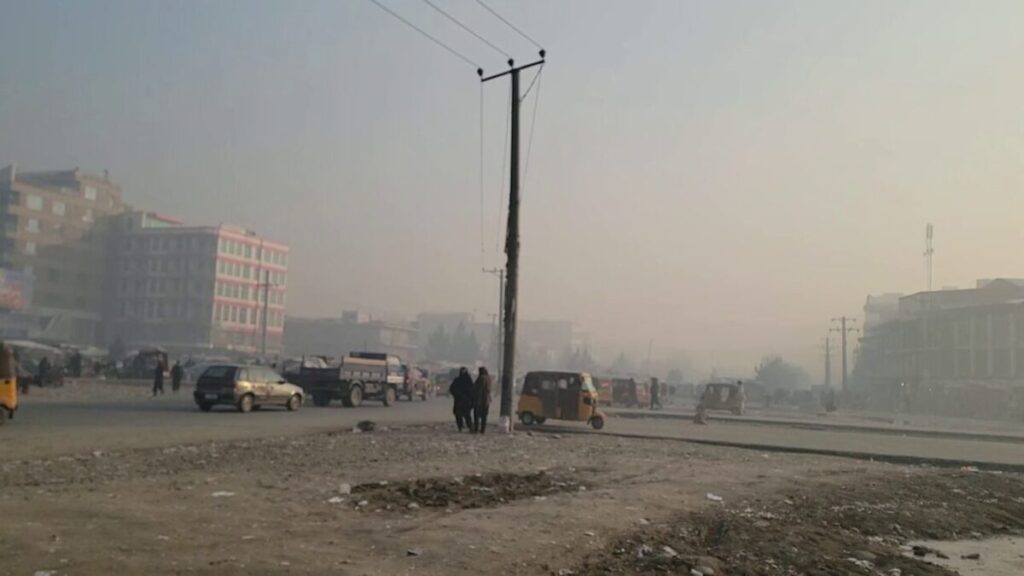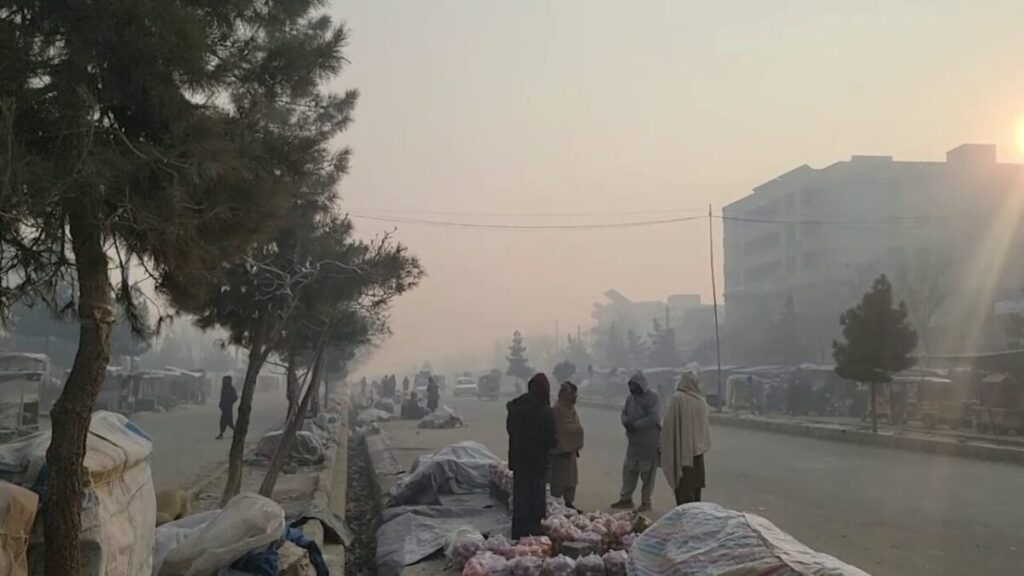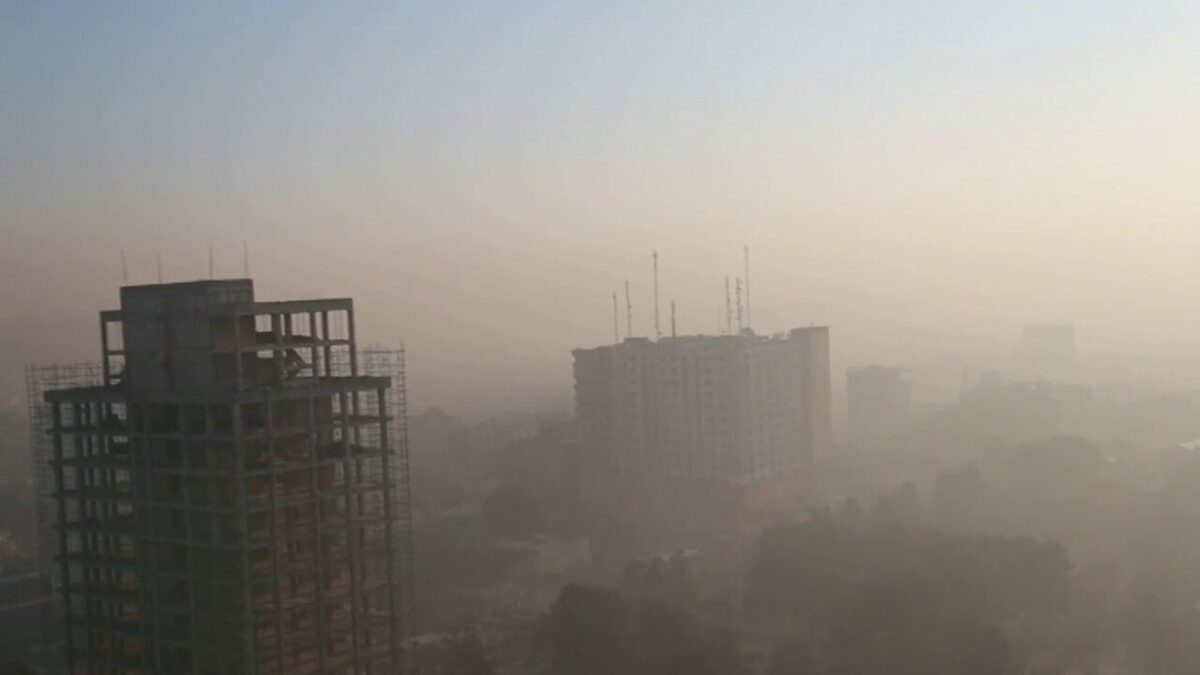KABUL, Afghanistan — As winter descends on Kabul, residents are grappling with a significant surge in air pollution, an issue many attribute to the widespread use of substandard heating materials.
The pollution, described by locals as choking and pervasive, has led to mounting worries about its effects on public health and daily life. On particularly polluted days, residents report visibility so poor that even nearby landmarks are obscured.

“Everywhere you go, the air is polluted, and people are getting sick because of it,” said one Kabul resident. “We need urgent action to solve this problem.”
During the winter months, many in the city turn to non-standard fuels such as plastic, old tires, and low-quality coal for heating. The sharp odor of burning refuse lingers in the air, making it difficult to breathe, residents say.
Beyond household heating, other factors compound the city’s air quality crisis. Population growth, uncontrolled urban development, ineffective waste management, and a lack of green spaces have exacerbated pollution levels, leaving Kabul ill-equipped to manage the seasonal smog.

“People are burning low-quality materials, and the air is more polluted than ever before,” said another resident. “Everyone you meet is sick because of this toxic air.”
Environmental experts warn that without comprehensive measures, the health and quality of life for Kabul’s population will continue to deteriorate. Residents are calling on local authorities to implement stricter regulations on fuel use, expand waste collection systems, and invest in tree planting and urban greenery to help mitigate the crisis.
For now, however, Kabul’s air pollution remains a dire challenge, with many bracing for what they fear will be another harsh and hazardous winter.




